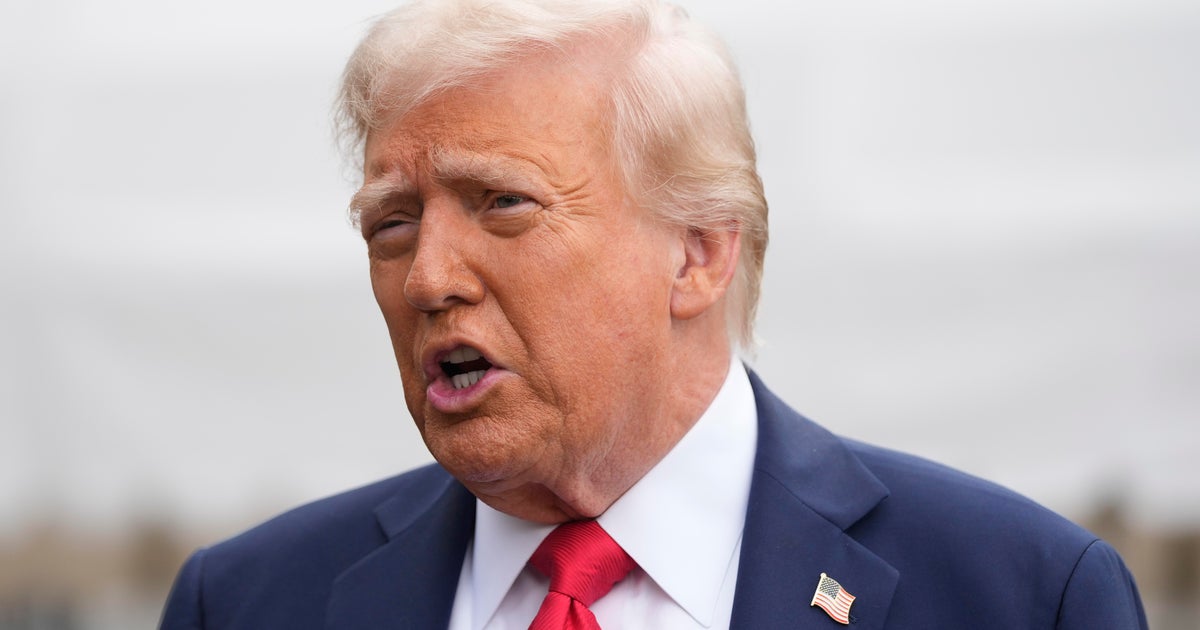Australia could soon have the strongest economy in the developed world. But it’s a weak field
Australia is on track to have the developed world’s strongest economy and lower official interest rates through the next 18 months as the rest of the globe struggles to deal with Donald Trump’s ongoing tariff war.
The OECD on Tuesday warned the global economy faced substantial risks, most driven by policy changes out of the White House, but Australia could be one of the world’s bright spots albeit with growth that would ordinarily be considered sub-par.

Australia’s economic growth is expected to lift to be the highest of major developed nations in 2026.Credit: Rhett Wyman
Australia’s economy is forecast to expand by 1.8 per cent this year and by 2.2 per cent in 2026. Among the major economies tracked by the OECD, only Turkey – with growth of 3.2 per cent this year and next – is expected to outpace Australia.
By contrast, the British economy is tipped to grow by 1.4 per cent and then 1 per cent, Canada is facing growth of just 1.1 per cent and 1.2 per cent, while the United States is expected to grow by 1.8 per cent this year and then 1.5 per cent.
Underlying inflation in Australia, currently 2.7 per cent, is expected to remain at this level through 2025 before edging down to the midpoint of the Reserve Bank’s target range next year.
Loading
At 2.5 per cent in 2026, Australia’s underlying inflation rate would still be among the highest in the developed world with nations such as Canada (2.1 per cent), Germany (2.1 per cent) and France (1.7 per cent).
But both Britain (2.7 per cent) and the United States (3 per cent) are forecast to face ongoing high rates of core inflation.
The Paris-based think tank said global growth had held up since the start of the year, partly due to businesses increasing their spending on goods and services to get ahead of Trump’s sharp increase in US tariffs.
“The full effect of tariff increases have yet to be felt, with many changes being phased in over time and companies initially absorbing some tariff increases through margins, but are becoming increasingly visible in spending choices, labour markets and consumer prices,” it said.
Treasurer Jim Chalmers said while the report made clear that uncertainty and volatility continued to weigh on the global economy, Australia was in a strong position.
“Amidst this intense global economic volatility and inflation rising in parts of the world, the Australian economy is in an enviable position,” he said.
“Under Labor, inflation is down, debt is down, real wages are growing, unemployment is low, interest rates are falling, and economic growth is picking up.”
The Australian Bureau of Statistics on Wednesday will release its monthly inflation report for August. This is expected to show headline inflation climbing from 2.8 per cent in July to at least 3 per cent.
Most of the increase will be due to the ongoing effect of the end of electricity subsidies used by the federal and state governments to keep a lid on power prices.
Underlying inflation is tipped to remain around 2.7 per cent, with the Reserve Bank expecting this to continue drifting down to around 2.6 per cent by the middle of next year. Financial markets believe the RBA will deliver one more rate cut this year, which would take the cash rate down to 3.35 per cent.

The gold price reached a fresh all-time high, and CBA tips it will go through $US4000 an ounce next year.
The OECD said central banks should continue to cut interest rates if their nation’s inflation levels continued to ease. It also issued a pointed warning to the Trump administration against interfering with America’s central bank.
“Provided inflation expectations remain well anchored, policy interest rate reductions should continue in economies in which underlying inflation is projected to moderate towards target,” it said.
“Maintaining central bank independence will preserve policy credibility and reduce the volatility and persistence of inflation.”
Loading
Doubts over the independence of the Federal Reserve continue to weigh on global commodity markets.
The price for gold hit another all-time high on Tuesday, reaching $US3749.27 an ounce.
The gold price has jumped 10.6 per cent over the past month and by 42.3 per cent since the start of the year.
Commonwealth Bank head of commodities Vivek Dhar said gold was on track to reach $US4000 an ounce next year.
He said the sharp jump in price for the precious metal was being driven by a range of factors, mostly out of the United States. They include expectations of further cuts in US interest rates, the weakening American dollar and concerns over Trump’s interference in the Federal Reserve.
“Trump’s policies have likely led to the re-ordering of safe-haven demand assets. For example, the lift in gold futures to fresh new highs in early September was at least partly driven by concerns over the Federal Reserve’s independence after US President Trump tried to remove Federal Reserve governor Lisa Cook,” he said.
Cut through the noise of federal politics with news, views and expert analysis. Subscribers can sign up to our weekly Inside Politics newsletter.
Most Viewed in Politics
Loading

















































